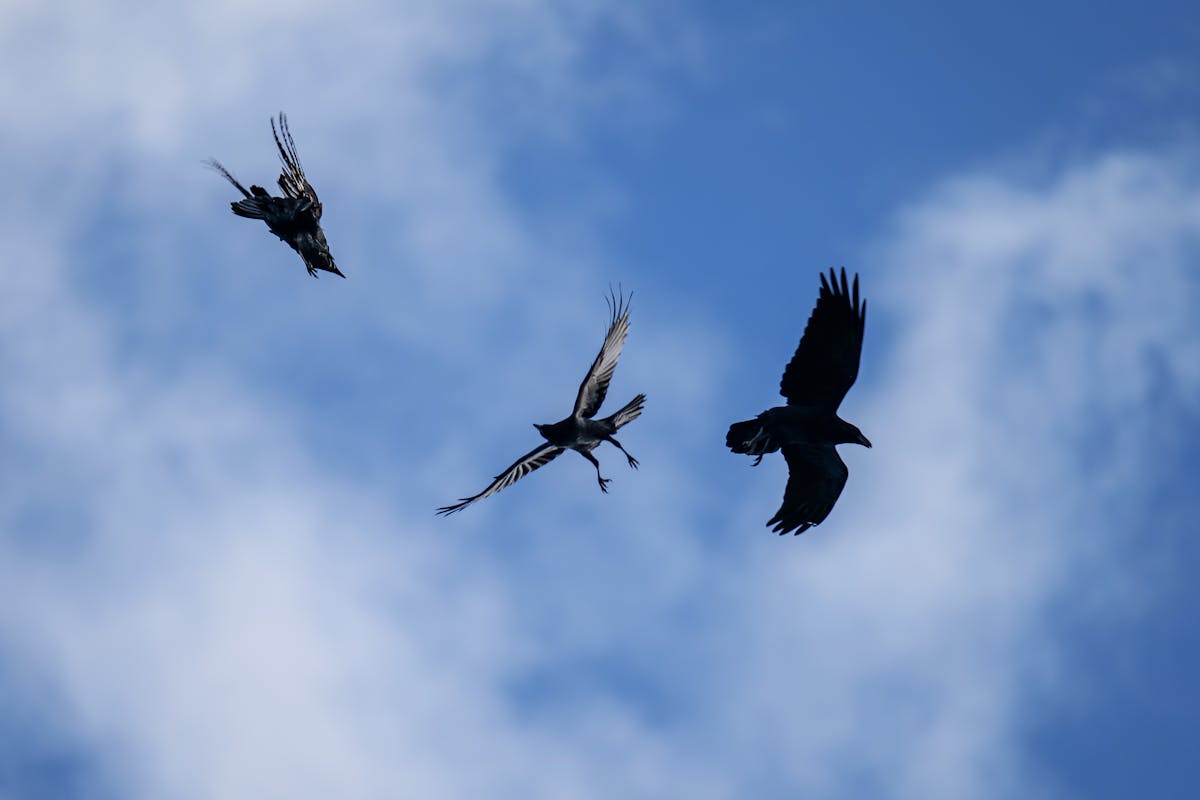Your favourite fictional twosome demystified: The tiger, magpie animated characters from K-Pop Demon Hunters (2025)
If you’ve watched Netflix’s K-Pop Demon Hunters as an audience member without any links to South Korea or without South Korean heritage, it’s likely for you to have questions about the fictional animal characters that are not just placed for fun or an afterthought.
Acting as messenger characters, the tiger-magpie duo may look silly, but they’re actually loveable. These two creatures feel authentically South Korean as they’re inspired by one of South Korea’s most treasured traditional art forms, known as jakho-do.
Clumsy and comical in nature, the tiger in the K-Pop Demon Hunters animated film acts more like a house pet cat than a ferocious predator, fooling around with eyes that’s enlarged, while the magpie is the wise, intelligent force – accompanying former human Jinu from the Saja Boys, the group that rivals Huntrix. The character designers took this into full consideration – and delivered well – in honour of an artistic tradition started centuries ago.
Wanting to be original and different from Chinese painters who depicted tigers as majestic kings of the natural world, South Korean artists intentionally made them look caricature-like, confused, startled and without any sense of dignity, given their awkward postures. South Korean painters wanted to make sure that these tigers looked friendly instead of intimidating. These tiger-magpie paintings appeared in South Korea during the 17th century.
The bold brushstrokes employed by South Korean painters made the tiger appear strange and funny. On the other hand, you have magpies which are illustrated as having grace and composure, with a sense of intelligence. This visual hierarchy indicates a complete reversal in natural order – something small like the bird is portrayed as calm and smart – more favourably than its counterpart – appearing peculiar, funny and odd.
This is accurately shown in K-Pop Demon Hunters, where the tiger behaves like a disproportionate kitten, extremely large and unkempt, while the magpie has a sense of purpose and dignity.
Behind the silliness, there is cultural significance and its impact on the way the world was once ruled. While the Chinese had Confucian class systems, the South Koreans experienced the Joseon Dynasty (1392 -1897), associated with rigidity. Folk painters in South Korea saw it as a creative means of expressing dissent. The tiger or horangi is the symbol of those in power, more often than not, the corrupt aristocratic officials. The magpie or kkachi, full of wisdom, represents the ordinary people.
In K-Pop Demon Hunters, despite being fictional in nature, this is effectively told and extended to both big and small-screen viewers. The tiger’s blue spiritual powers are a match for the main characters’ abilities – demon-hunting. In spite of their looks on the outside, they actually carry a certain protective function – they serve as spiritual care-takers – capable of warding off evil – as shown in the 100-minute film.
At first glance, the blue colour seen in the film may seem like it’s just fluff and flair. However, this is a direct reference to the traditional byeoksa function of jak-hodo paintings. Byeoksa is a belief system about overcoming evil and dark forces that cause disease and illness. In the yin-yang theory known to the Chinese, the colours red and blue (the strongest "yang") could dispel evil spirits, known as “yin”.
Similar to how some Chinese families would hang red cloth(s) during the New Year, the South Koreans would hang these paintings (on their front gates) during their corresponding Seollall New Year, with the belief that this silly tigers would protect their homes from unwanted, negative energy.
Unlike in some cultures where the magpie is viewed unfavourably, the South Koreans have this bird as the national bird for they believe that it is an emblem of hope and transformation for the better. The giljo in Korean language is seen as something that brings good news, well-intentioned guests, wealth and prosperity. For children, they would throw their broken and lost teeth on rooftops with the hopes that magpies will collect and replace them with new ones.
Due to its significance, K-Pop Demon Hunters is viewed as a reliable source and guide if audiences would like to learn South Korean traditional art and customs.
Given the global reach and appeal of K-Pop Demon Hunters, audiences all over the world are uncovering what South Koreans have appreciated for long. The relevant production team have worked to preserve these crucial cultural elements – making global fans learn about folk art traditions online.
Through the medium of modern animation, traditional art forms that were once mainly used in social commentary by the South Koreans are now equally enjoyed by those outside of South Korea/those without South Korean ancestry. The South Korean values of humour, creativity, and resistance against the norms can be universally applied and is something that different cultures and generations resonate with.
In essence, K-Pop Demon Hunters is universally appealing yet is what makes it distinctively South Korean. Your two fictional characters aren’t just there for fun – they serve as ambassadors, promoting and sharing the strong South Korean spirit with the rest of the world.
K-Pop Demon Hunters has been made available to global audiences since June 2025.









Showing 0 comments